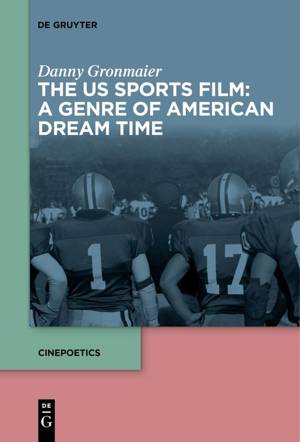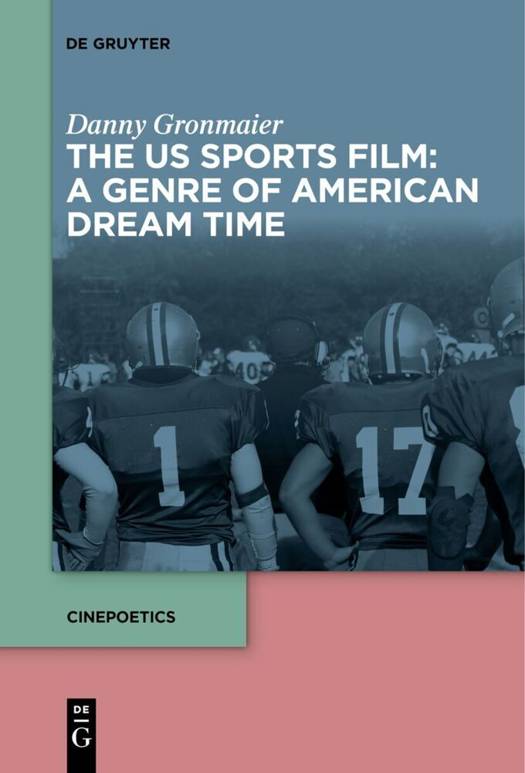
- Afhalen na 1 uur in een winkel met voorraad
- Gratis thuislevering in België vanaf € 30
- Ruim aanbod met 7 miljoen producten
- Afhalen na 1 uur in een winkel met voorraad
- Gratis thuislevering in België vanaf € 30
- Ruim aanbod met 7 miljoen producten
Zoeken
Omschrijving
Sports and film are media that create time. They are temporal not only in the sense that they are defined and regulated by certain temporalities as a result of processes of social negotiation, but also in the sense of modulating and intervening in these processes in the first place. They are determined by multiple temporalities referring to and aligning along perceptual corporeality; but at the same time, they also produce time through and along temporalities of bodily expression and perception. Thus, as much as we perceive and understand sports and film by means of our culturally coded conceptions of time, this comprehension is itself already the product of these media's fabrication and modulation of certain audiovisual imaginations of time. This book examines these imaginations with regard to US team sports feature films, understanding the former as the latter's constitutive conflict which makes these films graspable as a genre in the first place. By addressing temporality as an ever-new crystallization of a heroic past and an unattainable future in a saturated yet volatile present, this conflict connects substantially to the American Dream as an idea of community-building historicity. Departing from a non-taxonomic approach in genre theory and such philosophical recognition of the American Dream as less an ideological narrative but more a social and socially effective imaginary embedded in an audiovisual discourse of time, this book demonstrates the interrelation of sports, cinema and "American" subjectivization along close readings of the poetics of affect of five exemplary sports films (FIELD OF DREAMS, WE ARE MARSHALL, KNUTE ROCKNE ALL AMERICAN, JIM THORPE - ALL-AMERICAN, MIRACLE).
Specificaties
Betrokkenen
- Auteur(s):
- Uitgeverij:
Inhoud
- Aantal bladzijden:
- 307
- Taal:
- Engels
- Reeks:
- Reeksnummer:
- nr. 11
Eigenschappen
- Productcode (EAN):
- 9783111529639
- Verschijningsdatum:
- 17/06/2024
- Uitvoering:
- Paperback
- Formaat:
- Trade paperback (VS)
- Afmetingen:
- 156 mm x 234 mm
- Gewicht:
- 435 g

Alleen bij Standaard Boekhandel
+ 40 punten op je klantenkaart van Standaard Boekhandel
Beoordelingen
We publiceren alleen reviews die voldoen aan de voorwaarden voor reviews. Bekijk onze voorwaarden voor reviews.











